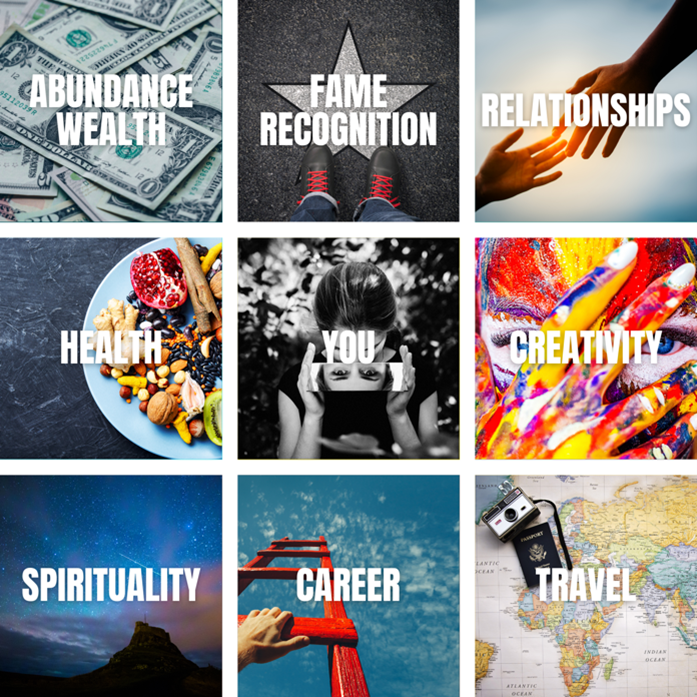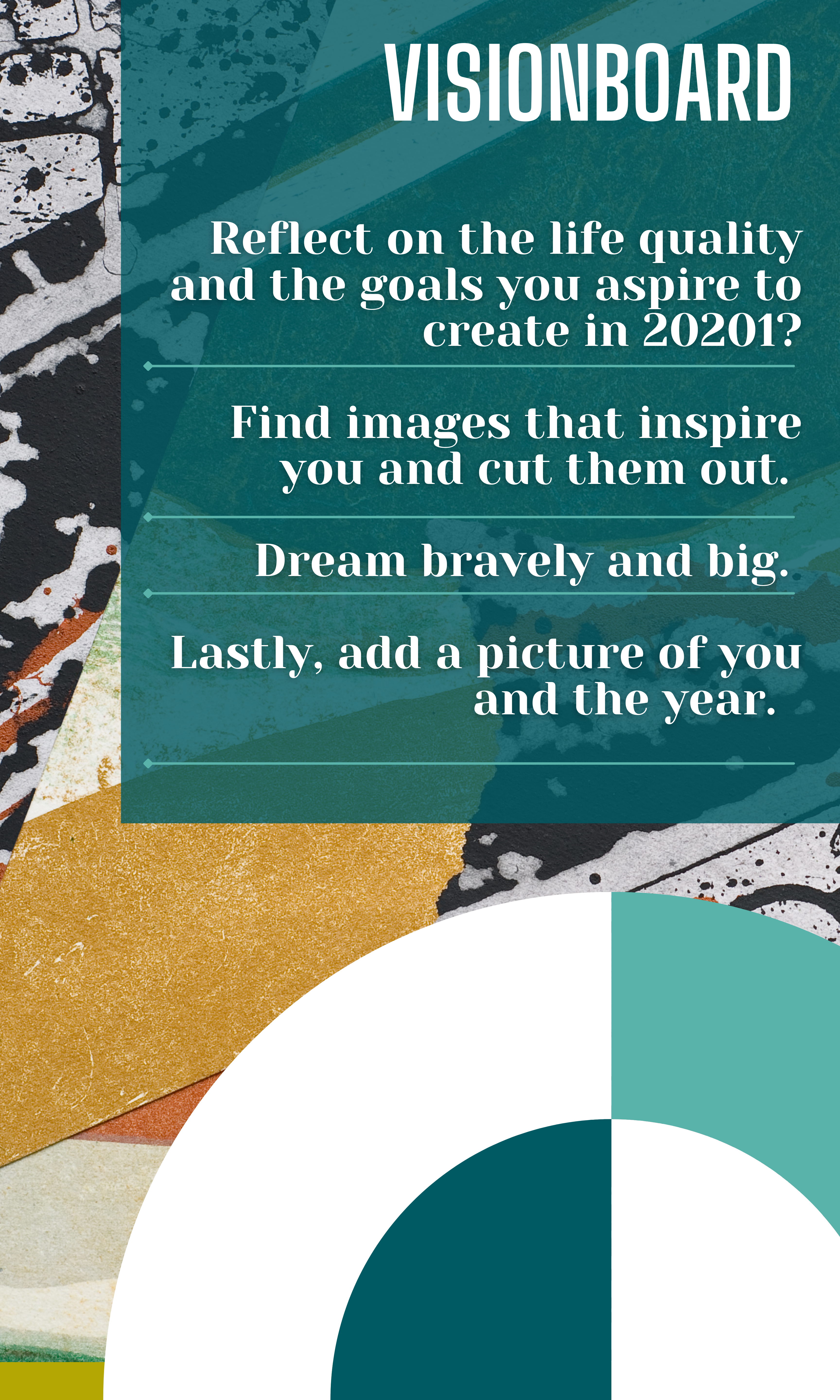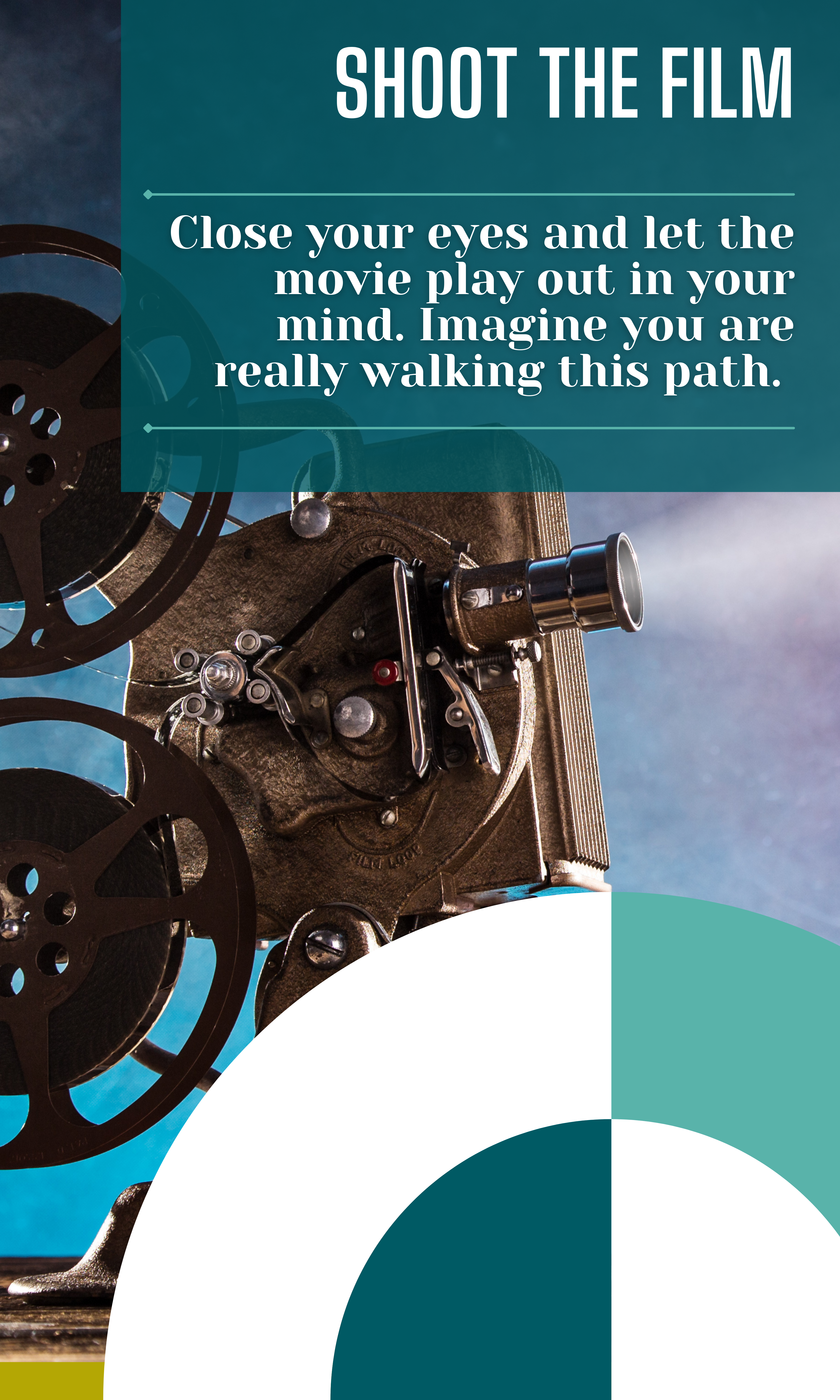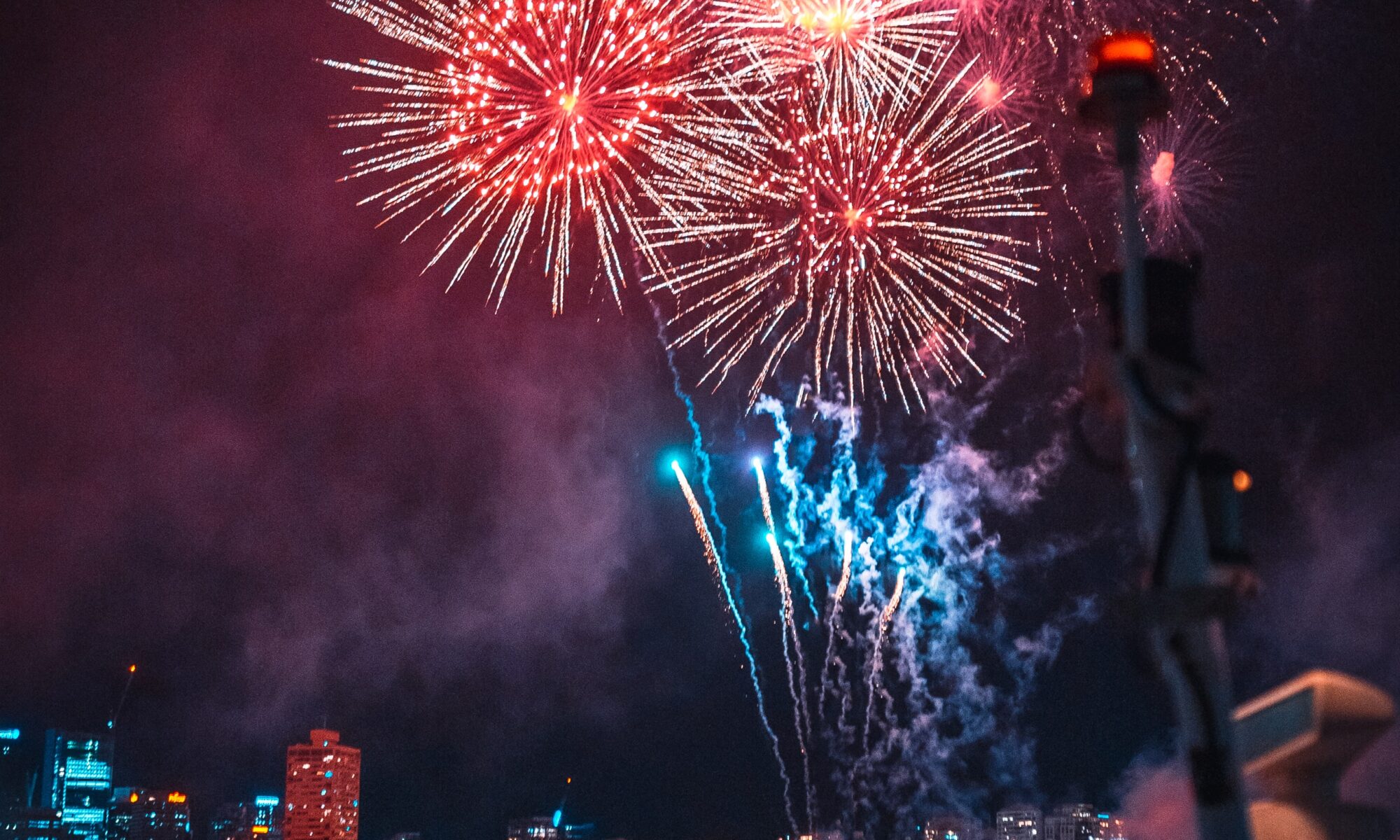Farewells & New Beginnings
3 Rituals to end the year and refocus yourself for the year ahead.

“It was the best of times, it was the worst of times, it was the age of wisdom, it was the age of foolishness, it was the epoch of belief, it was the epoch of incredulity, it was the season of light, it was the season of darkness, it was the spring of hope, it was the winter of despair.”
― Charles Dickens, A Tale of Two Cities
The german Rauhnächte have their origin in pre-Christian times and traditionally, they last 12 nights. Usually, these whimsical days are taking place in the period between Christmas and Epiphany. In some regions, they begin at the winter solstice and end with the new year. They are deeply mystical and dominated by ancient superstitions. But you don’t have to be spiritual to make these days work for you. For me, these days are a time to recharge, reflect on the past, connect and focus on the new year.I’d like to share three useful rituals with you.

“Leadership is the capacity to translate vision into reality.”
― Warren Bennis
We wish you every success in doing so and, above all, a Happy New Year.
Ritual 1: VisionBoard
What is Your Vision For the New Year? And How can you make it come True?
A vision board is a collage of images, pictures, and affirmations of your dreams and desires to serve as a source of inspiration and motivation. But above all, it is an incredibly powerful tool for achieving one’s goals. Sabine Gromer, founder of MagnoliaTree, has been making annual vision boards for ten years now and says: “I am amazed at how powerful it is in manifesting goals. Almost everything I’ve included in my collages has come true, albeit sometimes in unexpected ways.”
STEP 1: ALIGNMENT – AN EXERCISE
Focus for the New Year
- Which 10 goals make it onto your priorities list for the new year?
- Reduce the list to 5.
- This may hurt: Review it again, and now cut it down to 3.
- why are the remaining 3 so key?
- Now circle the most important goal of the 3. This represents the essence of your new year.
STEP 2: Divide the board into segments

Divide the vision board, if you want, into nine areas. Define your 3 most important goals for the year in each area.

STEP 3: The Visionboard
Hang the finished vision board in a place where it is easily and regularly visible. Leave it there all year. At the end of the year, reflect. What has changed? What desires and qualities have you been able to fulfill and live? Finally, give thanks for all you have achieved.
Ritual 2: Make a mental movie
Become the director of your own life
Make a mental movie. Why? Dr. Srini Pillay demonstrates that there is undeniable evidence that imagining motion stimulates areas in the brain that coincide with said motion. This technique has been successfully used by both stroke patients and top athletes to stimulate muscle control.
Your imagination functions as the brain’s “warm up” routine. It can help to “jump-start” your brain. This technique can be especially helpful if you find yourself procrastinating or facing mental blocks. A mental movie is an incredible motivator and a useful map for the brain. It helps you find your way to achieving and exceeding your goals.


Ritual 3: Your Written reflections
What is really important to me? And what do I need to change?
The holidays before the end of the year are an ideal time to do some simple but powerful reflection and refocusing. Take some time, grab a notebook, and work through the following sets of questions covering 4 areas of your life: Values, Achievements, Learning and Relationships.

Values
Our values and our actions are often two sides of the same coin. Work towards an awareness of what is important to you and reflect on how you are spending your time in relation to those ideals.
Questions about the outgoing year:
What values did I live?
Did I have to bend them?
What will I never bend to do?
Questions about the coming year:
What are my true core values?
How can I live them more?
How much am I willing to give (up?) to live them?

Goals
Your accomplishments are the most tangible evidence of your progress. This is especially true in a professional context. What did you accomplish this year? What didn’t you accomplish? What do you want to accomplish?
Questions about the outgoing year:
What did I accomplish this year?
How satisfied am I with it?
Why am I satisfied or not satisfied with it?
Now do the Preliminary exercise – Alignment I as in the section on the vision board.

Learning
Everything in nature grows or dies – growth is the essence of our life. Even more so, growth gives us purpose. We grow and develop constantly, whether we are aware of it, or not. Why not give yourself deliberate learning goals for the new year?
Questions about the outgoing year:
What did I learn about myself?
How satisfied/dissatisfied am I with it?
How can I use what I have learned?
Questions about the coming year:
What do I need to learn in the coming year to achieve my goals?
Who or what can support me in this?
What does my learning plan look like?

Relationships
Your relationships – both personal and professional – have a huge impact on your well-being and ultimately what you can achieve. This is what Positive Psychology posits. And we find it to be true. Did you nurture your relationships with those that you care about? Did you form new relationships?
Questions about the outgoing year:
Who took up most of my time this year?
Why?
How do I feel about this when I see who I prioritized?
Questions about the coming year:
Who are the top five people I want to spend the most time with?
Who of these people do I want to prioritize?
Which relationships do I want to let rest?

